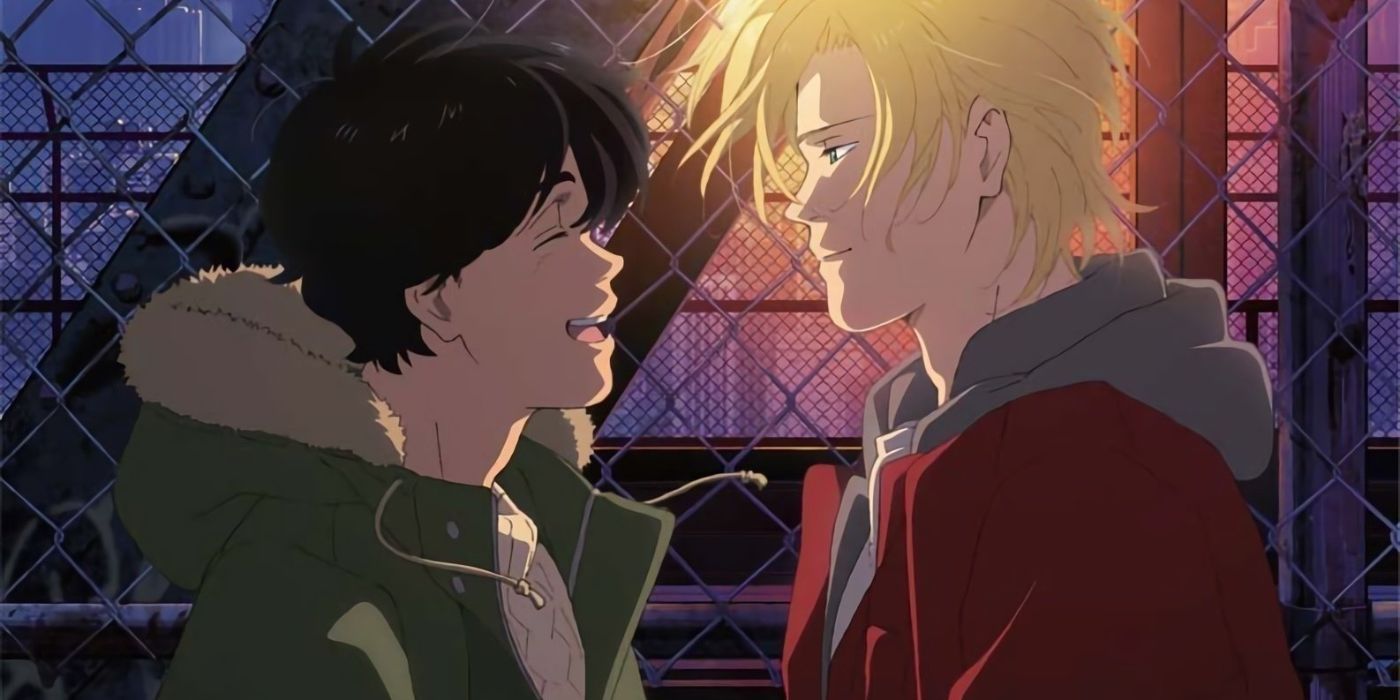The Complex Portrayal of Same-Sex Relationships in Banana Fish

Banana Fish, originally a manga from the mid-'80s, became an anime in 2018. It follows Ash, a young gang leader, and Eiji, a Japanese photographer's assistant, amid a gang war in New York. Their relationship evolves from antagonistic to romantic, embodying boys' love themes, but the series also portrays problematic depictions of homosexuality, often linking it to violence, abuse, and exploitation. While their bond serves as a source of strength and healing, the surrounding narrative frequently associates same-sex relationships with brutality. The series reflects the historical context of its creation, including the AIDS crisis, which may explain its portrayal of violence. Ultimately, criticisms of homophobia in Banana Fish are nuanced by its narrative and historical contexts, suggesting that an updated adaptation could better represent positive same-sex relationships.
What is the main focus of the relationship between Ash and Eiji in Banana Fish?
Their relationship evolves from antagonism to a deep romantic bond, showcasing themes of love, trust, and mutual protection amidst a violent backdrop.
How does Banana Fish portray same-sex relationships?
While Ash and Eiji's relationship is tender, the series often links male-male sexual acts to violence and lack of consent, reflecting the brutal world they inhabit.
Why might Banana Fish not be considered homophobic despite its violent themes?
The series is rooted in a historical context that includes stigma around homosexuality, particularly during the AIDS crisis, making its portrayal of relationships complex rather than outright homophobic.